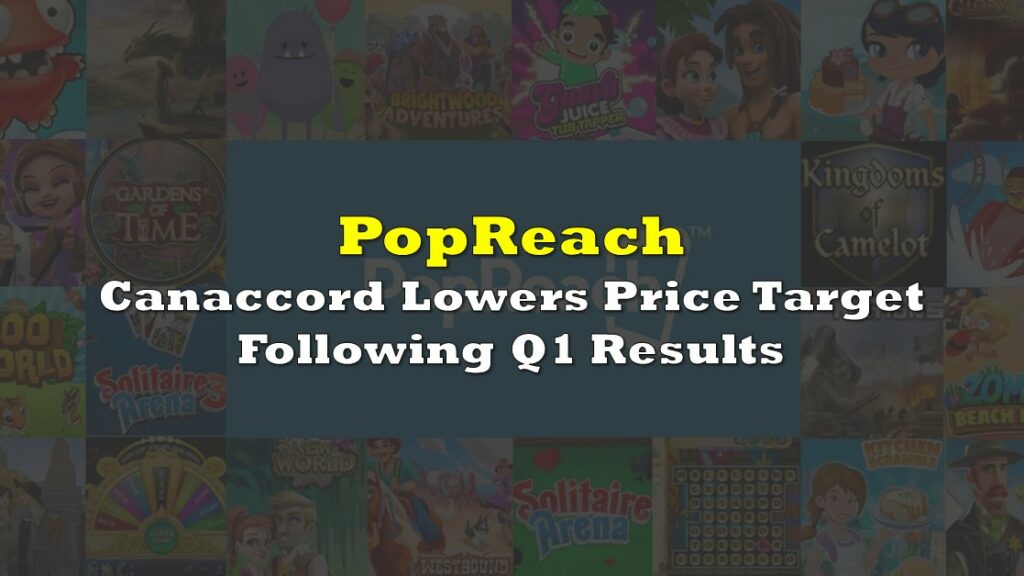On February 7th, Canopy Growth Corp (TSX: WEED) reported its fiscal third quarter financial results. The company reported total net revenues of $141 million, down 8% year over year. Gross margins for the quarter came in at 7%, down 9% from last year. While the company reported adjusted EBITDA of -$67.4 million, flat year over year.
Both Canopy’s medical and recreational cannabis sales were down year over year in Canada. They reported $47.8 million in recreational sales compared to $63.4 million last year. Medical Canadian sales came in at $12.9 million this year compared to $13.9 million last year. The largest driver for the decreases comes from Canopy selling less dry bud and oils/soft gels.
A number of analysts lowered their 12-month price target on Canopy Growth after the results, bringing the 12-month average price target down to C$11.38, or a 3% downside to the current stock price. There are 18 analysts covering the stock, with 1 having a buy rating, 10 have hold ratings, 4 analysts have sell rating and the other 3 have strong sell ratings. The street high sits at C$17, which represents a 45% upside to the stock, while the lowest 12-month price target comes in at C$7.
In Canaccord’s note, they reiterate their sell rating and lower their 12-month price target from C$12 to C$10, saying, “we believe segment performance highlights several areas of concern, most notably in what is now a fourth consecutive quarter of sequentially lower Canadian cannabis sales.”
For the results, Canopy came in higher than Canaccord’s revenue estimate of $132.3 million, while both gross profits and operating costs were materially higher than their expectations. The revenue beat is attributed to a beat in Canopy’s non-cannabis segments while Canopy’s adult-use sales dropped 18% this quarter.
Canaccord says that even though Canopy maintains a #1 position in the premium flower segment, their ability to not generate additional market share and build brand awareness, which are the two most important factors to consider, have them worried.
Onto cash flow, Canaccord notes that the company will most likely print a negative free cash flow of over $500 million, and even though the company still boasts a $1.4 billion war chest they believe, “management’s ability to steer towards profitability (and mitigate interim operating losses) remains an elevated risk for the company.”
Below you can see Canaccord’s updated fiscal full-year 2022 and 2023 estimates.

Information for this briefing was found via Sedar and Refinitiv. The author has no securities or affiliations related to this organization. Not a recommendation to buy or sell. Always do additional research and consult a professional before purchasing a security. The author holds no licenses.









